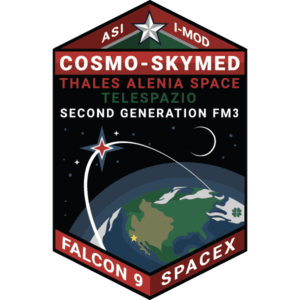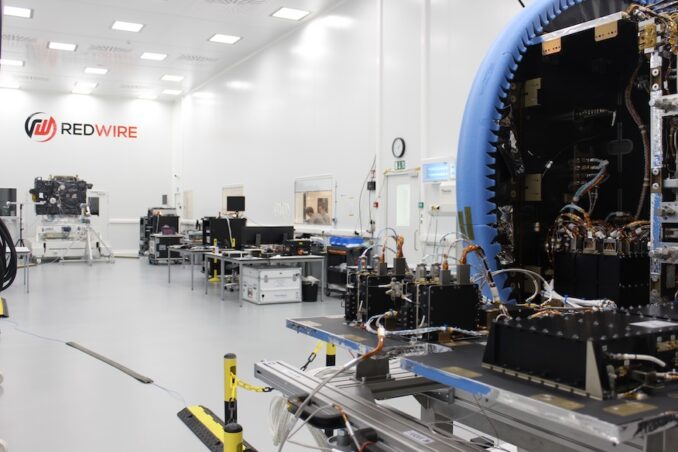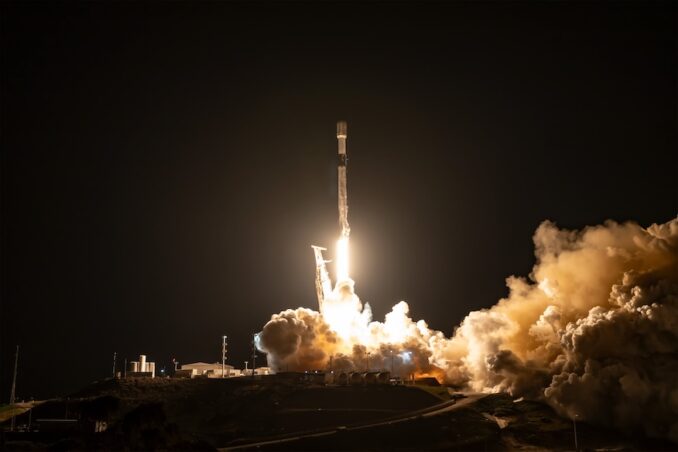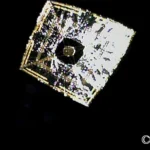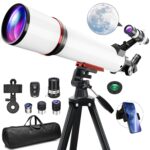Now Reading: Trump nominates Jared Isaacman to serve as next NASA administrator
-
01
Trump nominates Jared Isaacman to serve as next NASA administrator
Trump nominates Jared Isaacman to serve as next NASA administrator
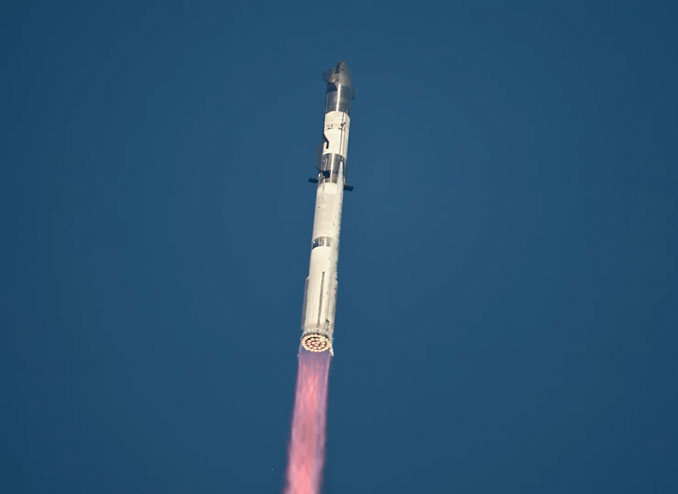

Billionaire entrepreneur Jared Isaacman, a veteran private astronaut with strong ties to Elon Musk and his rocket company SpaceX, has been nominated by the incoming Trump administration to serve as NASA’s next administrator, the president-elect said in a statement Wednesday.
If confirmed, Isaacman, 41, would be the fifth NASA administrator with spaceflight experience, replacing former Democratic Sen. Bill Nelson, who flew into orbit aboard the space shuttle Columbia in early 1986.
“I am delighted to nominate Jared Isaacman, an accomplished business leader, philanthropist, pilot and astronaut, as administrator of the National Aeronautics and Space Administration,” Trump said in a statement on his social media platform, Truth Social.
“Jared’s passion for space, astronaut experience and dedication to pushing the boundaries of exploration, unlocking the mysteries of the universe and advancing the new space economy, make him ideally suited to lead NASA into a bold new era.”
Isaacman founded a payment processing company, later named Shift4 Payments, while a high school student. He chartered the first purely commercial, all-civilian American “space tourist” mission — Inspiration4 — in September 2021, paying SpaceX an undisclosed amount to launch him and three other civilians on a two-day 23-hour flight.
He flew to space again this past September, commanding the first of three planned SpaceX “Polaris” missions, logging nearly five days in space on a flight that took the crew farther from Earth than any astronauts since the Apollo moon program. Isaacman also became the first private citizen to carry out a spacewalk.
He is scheduled to lead another Polaris mission aboard a SpaceX capsule before leading the first crew to space aboard the California rocket builder’s gargantuan Super Heavy-Starship rocket.
Dates have not been announced for either of those missions and it’s not yet clear what impact the nomination to lead NASA will have on those flights, whether Isaacman still intends to fly aboard one or both or what sort of influence his friendship with Musk might have on NASA’s future direction.

But Isaacman, a skilled pilot who flies his own MiG-29 fighter jet, made it clear in a statement following Trump’s announcement that NASA can expect him to be a vocal space advocate who will help “usher in an era where humanity becomes a true spacefaring civilization.”
“With the support of President Trump, I can promise you this: We will never again lose our ability to journey to the stars and never settle for second place,” Isaacman said. “We will inspire children, yours and mine, to look up and dream of what is possible. Americans will walk on the moon and Mars and in doing so, we will make life better here on Earth.”
He said it would be the “honor of a lifetime to serve in this role and to work alongside NASA’s extraordinary team to realize our shared dreams of exploration and discovery.”
Jim Bridenstine, Nelson’s predecessor at the helm of NASA, helped kickstart the agency’s Artemis moon program during the first Trump administration.
He said in a statement Wednesday that “Jared’s vision for pushing boundaries, paired with his proven track record of success in private industry, positions him as an ideal candidate to lead NASA into a bold new era of exploration and discovery. I urge the Senate to swiftly confirm him.”
The Isaacman nomination comes as NASA struggles to keep the Artemis program on track amid tight budgets and what the agency’s own inspector general calls the “unsustainable” costs of NASA’s Space Launch System — SLS — moon rocket.
SpaceX supporters argue the company’s more powerful, fully-reusable Super Heavy Starship rocket is the obvious choice for deep space exploration, but the huge rocket is far from operational with just a half-dozen sub-orbital test flights to its credit.

The SLS, on the other hand, is considered operational in that it completed an initial test flight in November 2022, sending an unpiloted Orion capsule around the moon and back. But unlike the Super Heavy-Starship, the SLS is a throw-away, expendable booster expected to cost more than $2 billion each through the first several flights.
NASA is currently gearing up to launch three NASA astronauts and a Canadian flier on an SLS-Orion mission — Artemis 2 — late next year. But problems with the first Orion’s heat shield and other issues threaten to push the Artemis 2 flight into 2026, years past initial expectations.
It’s not yet clear when the Artemis 3 mission, the first to carry astronauts to a landing near the moon’s south pole, might be feasible.
But that flight will feature a lunar lander built by SpaceX, a variant of the company’s Starship upper stage. SpaceX has carried out six test flights of the fully reusable Super Heavy-Starship to date, but has not yet put the Starship upper stage into orbit or brought it down for an intact landing.
Given the company’s rapid-fire test schedule, most observers believe SpaceX will get the Super Heavy-Starship working as planned in the near future, but scores of test flights will be required to demonstrate the safety and reliability required by NASA to put astronauts aboard.
And the moon mission poses unique challenges.
For the initial landing mission, multiple Super Heavy “tanker” flights will be required to refuel the moon lander in low-Earth orbit before it can be sent to the moon. Once in lunar orbit, it will await the arrival of the Artemis 3 crew, launched aboard an Orion capsule by an SLS rocket.
After boarding the Starship lander, two astronauts would descend to the surface, carry out the mission’s planned exploration, and then head back up to the orbiting Orion for the trip back to Earth.
Stay Informed With the Latest & Most Important News
-
 01From Polymerization-Enabled Folding and Assembly to Chemical Evolution: Key Processes for Emergence of Functional Polymers in the Origin of Life
01From Polymerization-Enabled Folding and Assembly to Chemical Evolution: Key Processes for Emergence of Functional Polymers in the Origin of Life -
 02Panasonic Leica Summilux DG 15mm f/1.7 ASPH review
02Panasonic Leica Summilux DG 15mm f/1.7 ASPH review -
 03Two Black Holes Observed Circling Each Other for the First Time
03Two Black Holes Observed Circling Each Other for the First Time -
 04How New NASA, India Earth Satellite NISAR Will See Earth
04How New NASA, India Earth Satellite NISAR Will See Earth -
 05And Thus Begins A New Year For Life On Earth
05And Thus Begins A New Year For Life On Earth -
 06Astronomy Activation Ambassadors: A New Era
06Astronomy Activation Ambassadors: A New Era -
07SpaceX launch surge helps set new global launch record in 2024












